31+ Days of Horror. 33 Horror Movies. 33 Reviews. Hooptober Challenges and Bonus Tasks.
View my 2016 Cinema Shame/Hoop-Tober Watch Pile Shame-a-thon Statement here.
Nature of Shame:
Unseen DVD
Hoop-tober Challenge Checklist:
Decade – 1990’s
Crazy Animal Movie
#19. Komodo (1999)
I’m entertained by the subtle ways I change the format of these posts. Each and every change I’ve made over the course of 19 posts wouldn’t even be noticed by the average reader. Hell, forget the average reader. If some person existed that made a sick point to read every one of these 31 Days of Horror posts, even they wouldn’t notice the differences. Give up? I centered the film title and poster. Swell, huh? (Help me. I’m losing my mind.)
But about Komodo.
Komodo belongs to the animal attack subsection of the horror genre. More specifically, the sub-sub-genre of animal attack movies where the attacking animal manifests as something innately toothless. The creature itself doesn’t have to be toothless, though that certainly solidifies its sub-sub-genre status. See: Slugs, Swarm, Night of the Lepus. You get the picture. Komodo falls into this category despite having a potentially monstrous killer creature.
Komodo dragons rule the isolated ecosystems in which they live — the tippy top of the food chain. They’re believed to be ancient lizards, dating back almost 4million years. The only species of these giants left on the planet. It was once believed that the komodo caused sepsis in its prey due to saliva highly concentrated with bacteria; however, recent studies from 2013 have shown that the bacteria resembles the saliva of just about any obligate carnivore. Myth in this instance proves more potent than fact. Even though the movie takes advantage of this sepsis/paralysis myth, it fails to render this trait — something that could have been used to foster some legitimate terror — as anything more than a footnote.
The film arrived in 1999 as part of the straight-to-video glut of creature features that took advantage of newly inexpensive CGI effects. Considering the film’s budget, the komodo effects — a mix of practical puppetry for close ups and CGI — become the movie’s one legitimate strength. Director Michael Lantieri (Jurassic Park‘s creature creator) has a good sense to withhold a full appearance of the dragons to maximize later utility. Though here’s the rub. Despite the komodo’s size and supposed paralytic saliva, they’re really not an inherently frightening animal. In order to turn them monstrous, Komodo‘s komodos become killing machines as a result of experimental hormone therapy.
The PG-13 rating prevents much bloodletting and discourages brutality that could have better established these hormone-laden killing machines. Even without knowing Lantieri’s connection to Jurassic Park, viewers will note a number of regurgitated setpieces and scenarios refashioned on a smaller Komodo/direct-to-video scale.
Final Thoughts:
Is there a reason to watch Komodo? No. Not really. Creature feature aficionados usually skew towards the more kitschy variety of films produced in the 1950’s and 60’s. Late 1990’s CGI with an $11million budget doesn’t generally wind their clock. With this kind of sub-sub-genre toothless creature attack DNA, Komodo needed to be less competent to be truly notable.
30Hz Movie Rating:

 Availability: Get your Komodo fix.
Availability: Get your Komodo fix.
Earlier 2016 31 Days of Horror entries: #1. Vampyros Lesbos / #2. A Chinese Ghost Story / #3. The Haunting of Morella / #4. Delirium (1972) / #5. A Lizard in a Woman’s Skin / #6. She-Wolf of London / #7. Son of Frankenstein / #8. Killerfish / #9. The Bride of Re-Animator / #10. A Bay of Blood / #11. The Seventh Victim / #12. The Fly (1958) / #13. The Fly (1986) / #14. Deep Red / #15. Dracula’s Daughter / #16. Day of the Animals / #17. The Unknown / #18. Kuroneko




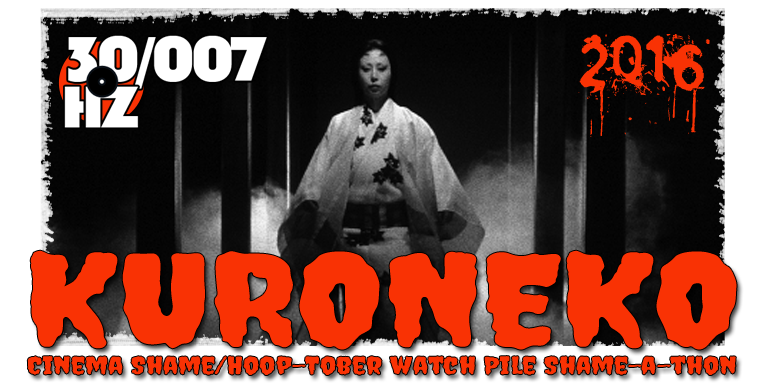

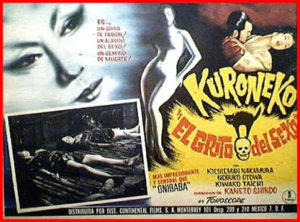
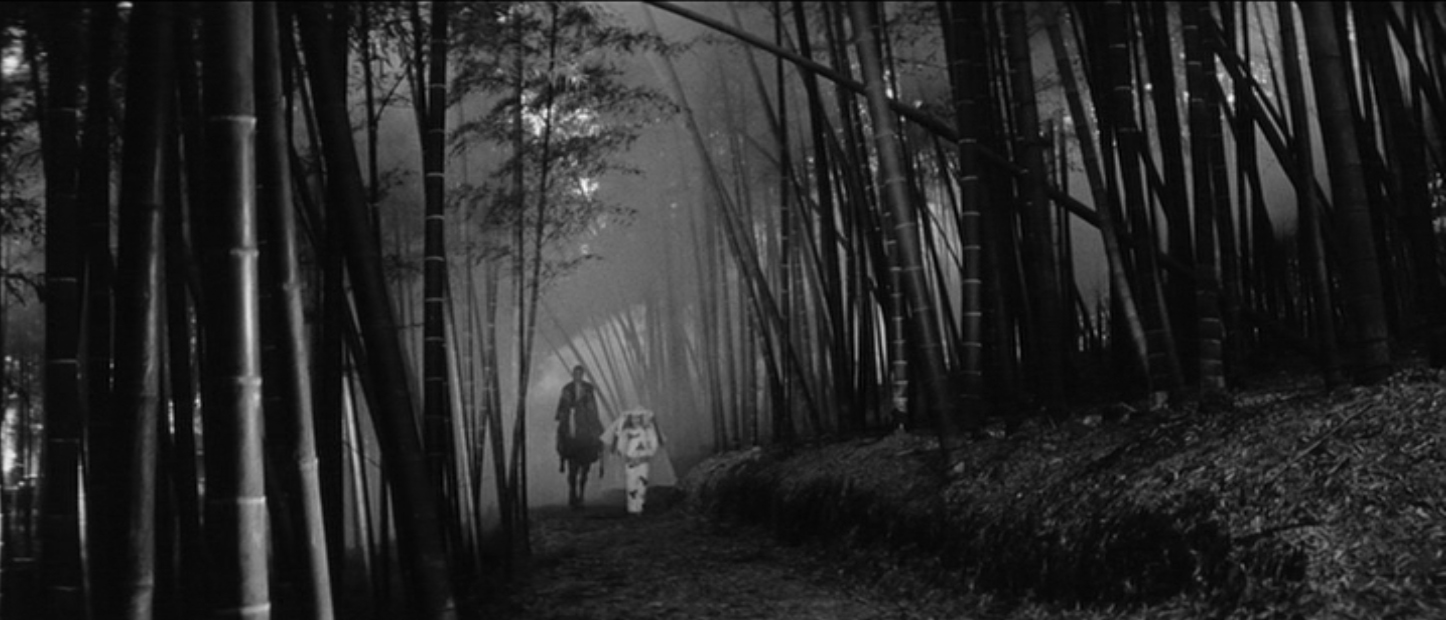

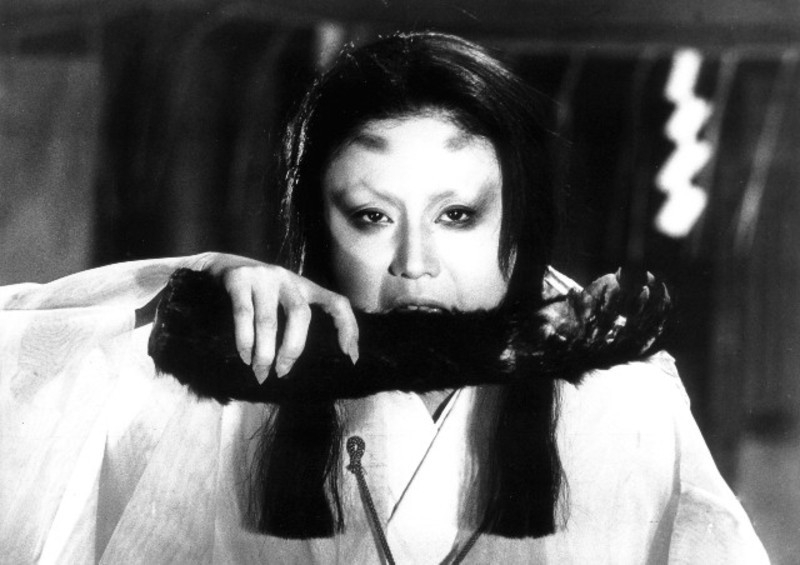
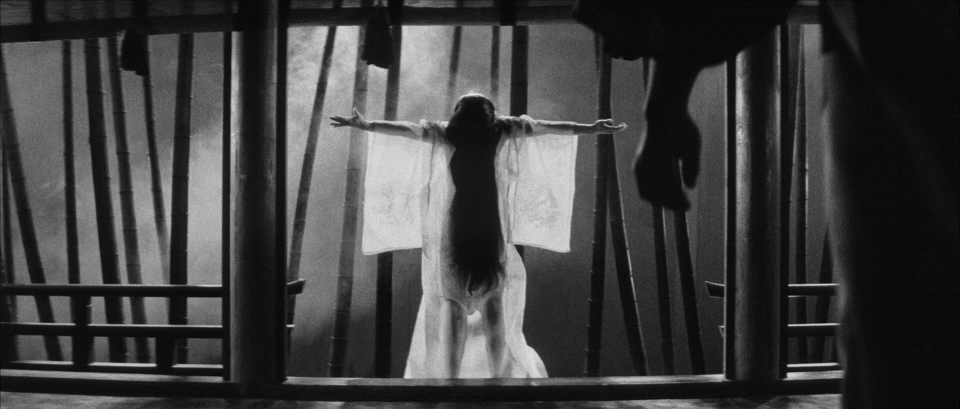

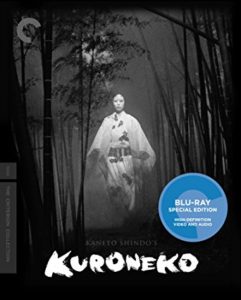 Availability:
Availability: 






 Availability:
Availability: